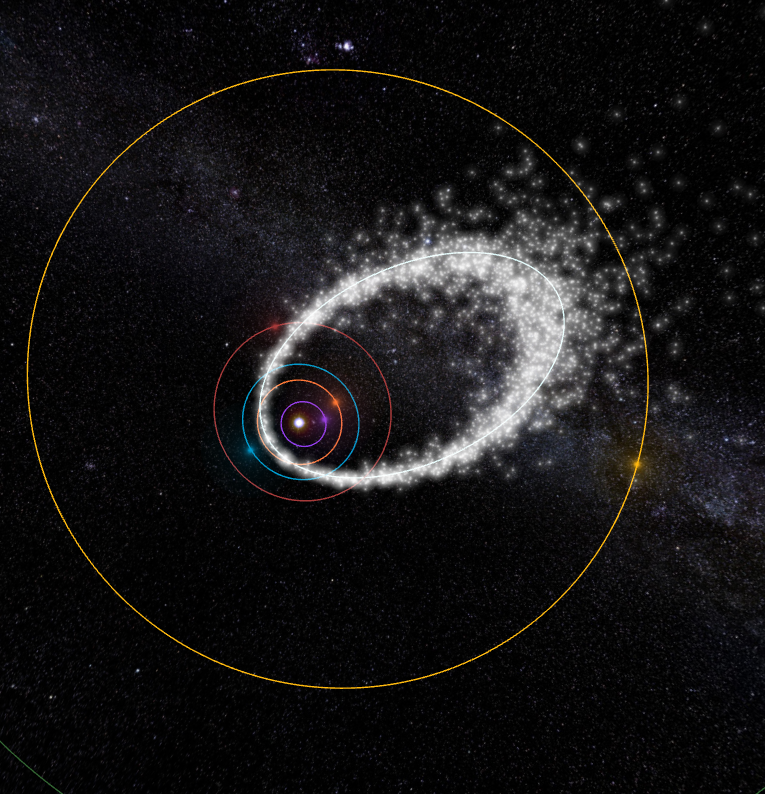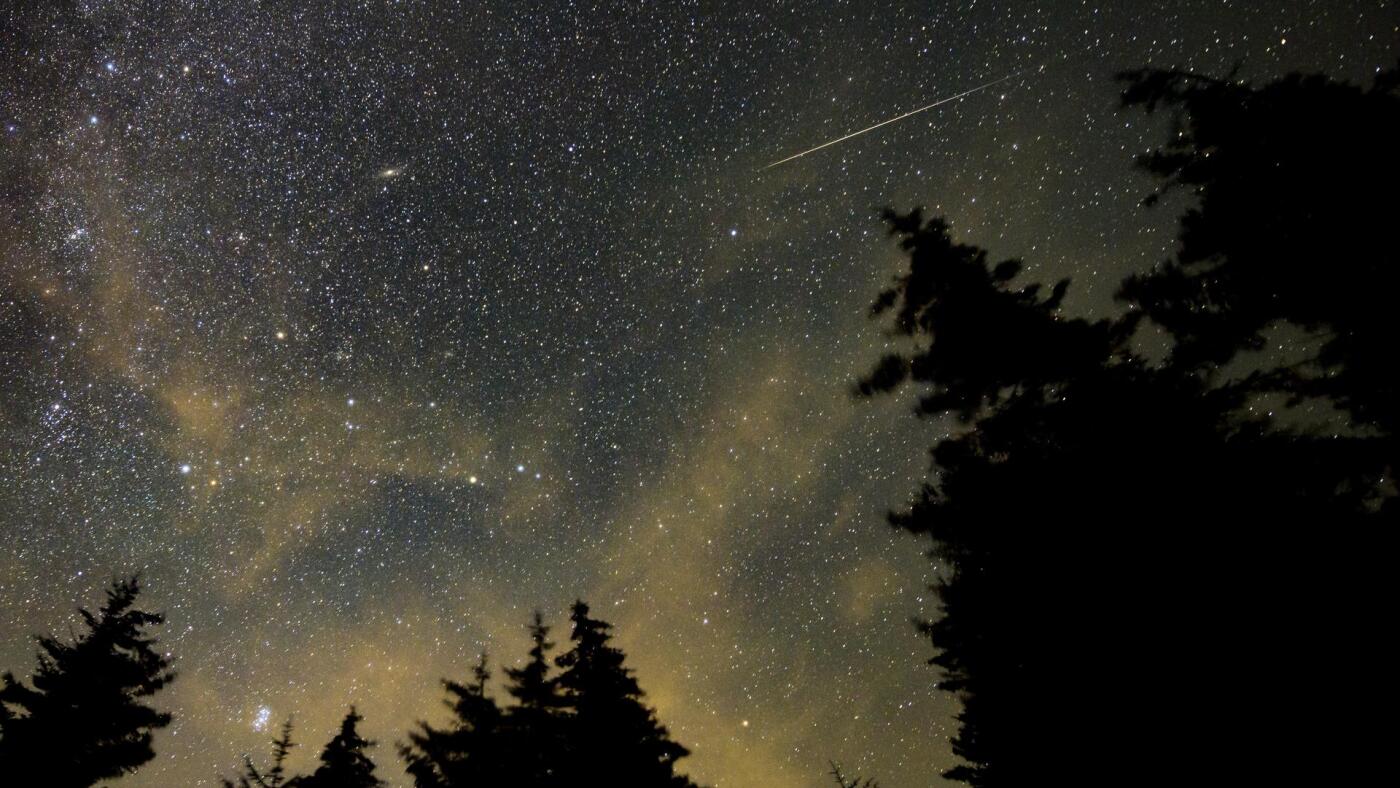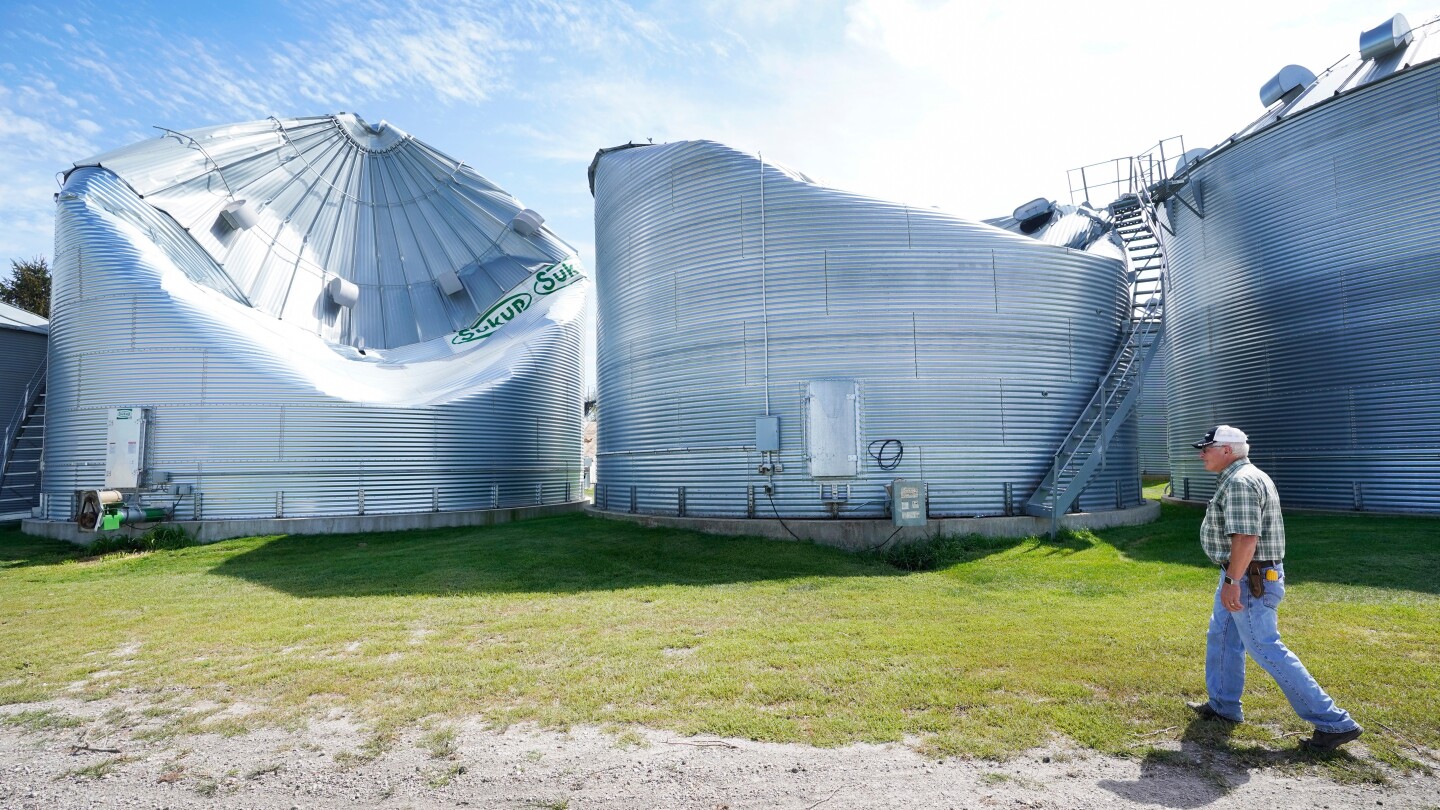How To Watch The July Meteor Showers: Timing, Location & Tips

Welcome to your ultimate source for breaking news, trending updates, and in-depth stories from around the world. Whether it's politics, technology, entertainment, sports, or lifestyle, we bring you real-time updates that keep you informed and ahead of the curve.
Our team works tirelessly to ensure you never miss a moment. From the latest developments in global events to the most talked-about topics on social media, our news platform is designed to deliver accurate and timely information, all in one place.
Stay in the know and join thousands of readers who trust us for reliable, up-to-date content. Explore our expertly curated articles and dive deeper into the stories that matter to you. Visit Best Website now and be part of the conversation. Don't miss out on the headlines that shape our world!
Table of Contents
How to Watch the July Meteor Showers: Timing, Location & Tips for a Stellar Viewing Experience
The night sky is about to put on a spectacular show! July offers a fantastic opportunity for stargazers to witness the annual Delta Aquariids and Alpha Capricornids meteor showers. This guide provides everything you need to know to maximize your chances of seeing these celestial events, from optimal viewing times and locations to essential tips for a memorable experience.
Understanding the July Meteor Showers:
Two major meteor showers grace the July skies: the Delta Aquariids and the Alpha Capricornids. While less intense than the Perseids in August, these showers still offer a captivating display of shooting stars.
-
Delta Aquariids: Active from mid-July to mid-August, peaking around July 28-30. This shower is known for its long, bright meteors often appearing from low in the southern sky. They originate from the constellation Aquarius. Expect to see around 20 meteors per hour at its peak.
-
Alpha Capricornids: A less prolific shower active from late June to mid-August, peaking around July 30-31. Though fewer meteors appear (around 5 per hour at peak), the Alpha Capricornids are famous for producing bright fireballs – exceptionally luminous meteors. These originate from the constellation Capricornus.
Timing is Key:
The best time to watch both showers is after midnight and before dawn. This is because the radiant point (the point in the sky from which the meteors appear to originate) will be higher in the sky, offering better visibility. Check a reliable astronomy app or website for the precise radiant point location for each shower on the peak nights.
Finding the Perfect Location:
Light pollution is the enemy of meteor shower viewing. Escape the city lights and find a dark location with minimal artificial light. Consider these options:
- Rural Areas: Head out to the countryside, away from streetlights and buildings.
- National Parks: Many national parks offer stunning dark skies and are ideal for meteor watching. Check park websites for night sky viewing programs and accessibility information.
- Astronomy Clubs: Local astronomy clubs often organize meteor shower viewing events, providing expert guidance and equipment.
Tips for a Successful Meteor Shower Viewing:
- Be Patient: Meteor showers are not constant displays. Give your eyes at least 20-30 minutes to adjust to the darkness.
- Bring a Blanket or Chair: You'll be spending several hours looking up, so comfort is crucial.
- Dress Warmly: Even in summer, nights can get surprisingly cool.
- Use a Red Light Flashlight: Red light preserves your night vision better than white light.
- Download a Stargazing App: Apps like Stellarium, SkySafari, or Star Walk can help you locate the constellations and predict meteor activity.
- Check the Weather Forecast: Clear skies are essential!
Beyond the Showers:
Don't limit yourself to just the peak nights. You may still see several meteors in the days leading up to and following the peak. Take the opportunity to explore the wonders of the night sky, identifying constellations and planets.
Conclusion:
The July meteor showers provide a fantastic opportunity to reconnect with nature and witness the beauty of the cosmos. By following these tips, you can significantly increase your chances of enjoying a memorable celestial event. So, gather your friends and family, head to a dark location, and prepare to be amazed! Happy stargazing!

Thank you for visiting our website, your trusted source for the latest updates and in-depth coverage on How To Watch The July Meteor Showers: Timing, Location & Tips. We're committed to keeping you informed with timely and accurate information to meet your curiosity and needs.
If you have any questions, suggestions, or feedback, we'd love to hear from you. Your insights are valuable to us and help us improve to serve you better. Feel free to reach out through our contact page.
Don't forget to bookmark our website and check back regularly for the latest headlines and trending topics. See you next time, and thank you for being part of our growing community!
Featured Posts
-
 Neil Gaiman On Sandmans Future Will The Endless Return
Jul 29, 2025
Neil Gaiman On Sandmans Future Will The Endless Return
Jul 29, 2025 -
 Meteor Shower Watch This Weeks Celestial Display
Jul 29, 2025
Meteor Shower Watch This Weeks Celestial Display
Jul 29, 2025 -
 Head Injury Concerns For George Springer After Being Hit By Pitch
Jul 29, 2025
Head Injury Concerns For George Springer After Being Hit By Pitch
Jul 29, 2025 -
 Sandmans Ending What Does The Future Hold For The Dream King
Jul 29, 2025
Sandmans Ending What Does The Future Hold For The Dream King
Jul 29, 2025 -
 Sandman Part 2 Finale Hints At Future Storylines And Potential Return
Jul 29, 2025
Sandman Part 2 Finale Hints At Future Storylines And Potential Return
Jul 29, 2025
Latest Posts
-
 Paige De Sorbo And Amanda Batula Friendship Timeline And Current Status
Jul 30, 2025
Paige De Sorbo And Amanda Batula Friendship Timeline And Current Status
Jul 30, 2025 -
 Premier League Keeper On Man Utds Radar Following Onana Uncertainty
Jul 30, 2025
Premier League Keeper On Man Utds Radar Following Onana Uncertainty
Jul 30, 2025 -
 Dusty Bakers Next Challenge Managing Nicaragua In 2026 Wbc
Jul 30, 2025
Dusty Bakers Next Challenge Managing Nicaragua In 2026 Wbc
Jul 30, 2025 -
 Jets Qb Justin Fields Back In Team Drills 2025 Nfl Offseason News
Jul 30, 2025
Jets Qb Justin Fields Back In Team Drills 2025 Nfl Offseason News
Jul 30, 2025 -
 Derechos What They Are How They Form And How To Stay Safe
Jul 30, 2025
Derechos What They Are How They Form And How To Stay Safe
Jul 30, 2025
